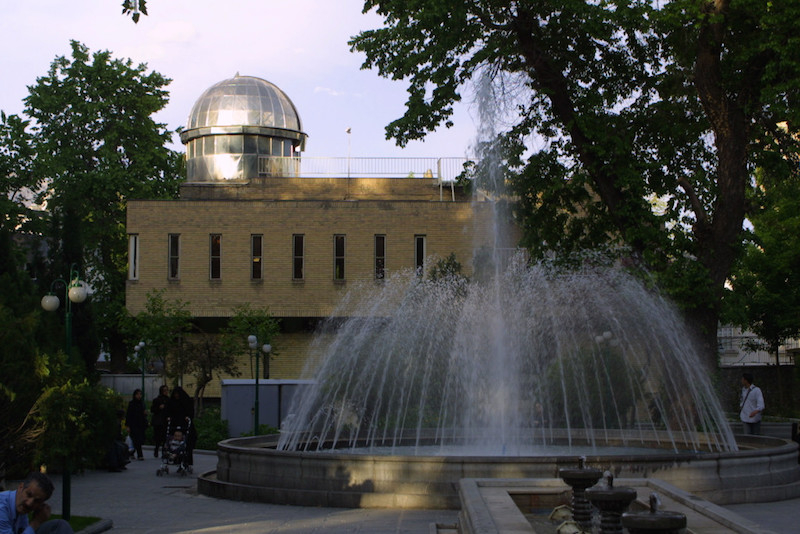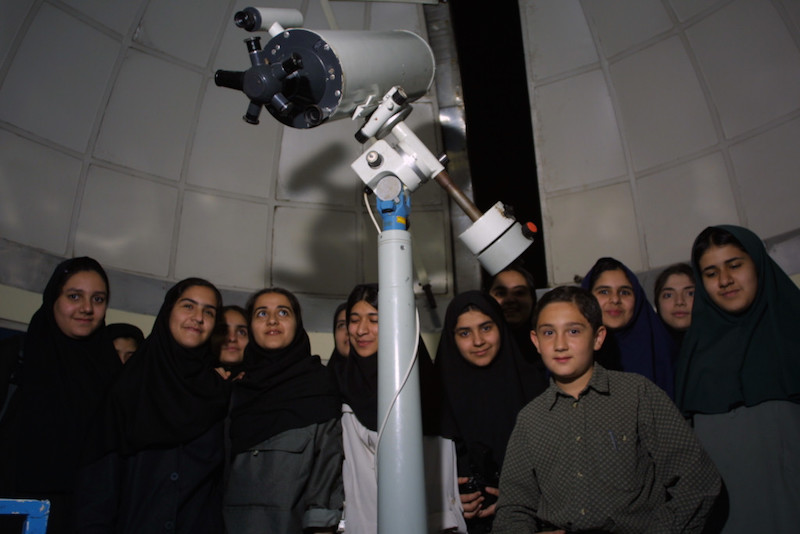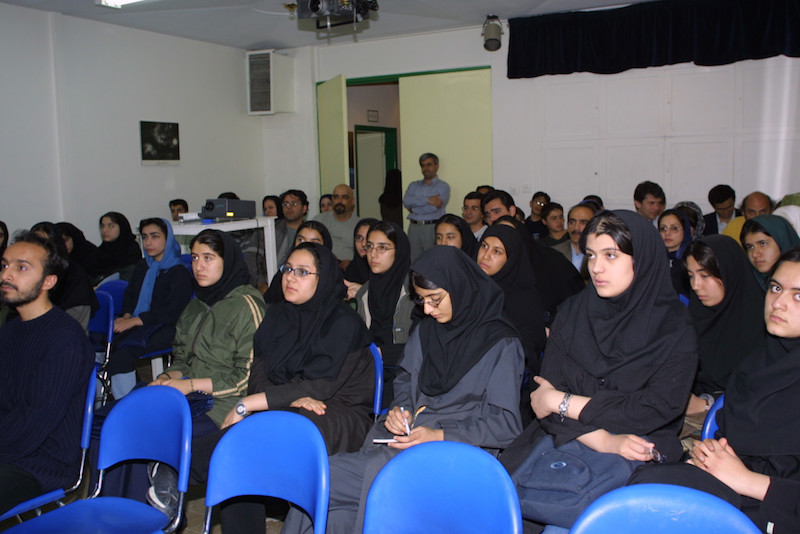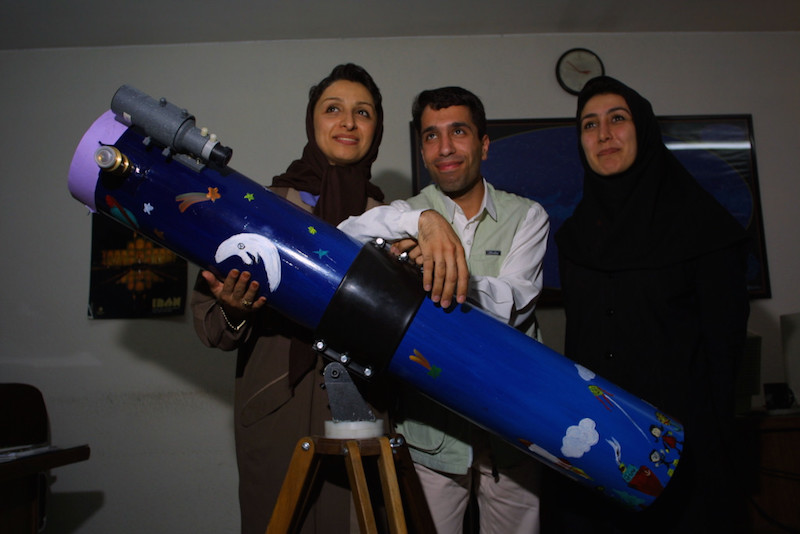- Published: Friday, March 31 2017 21:36

The transition from west to east is easier the second time. I’m not referring to the 11 ½ hour time difference or the 20 hours of travel but rather the change in culture. It all seems a bit less strange and unfamiliar this time. The Iran Air stewardesses moving about the cabin in hejab – the style of women’s clothing in Iran that leaves only the face and hands uncovered – seems natural now. The Persian airline food of saffron chicken and basmati rice is familiar and welcome. And I’m not a bit surprised to find that the Iranian sitting next to me is an expatriot now living 20 miles from my home in Southern California, a region with the largest Iranian community in the US. His is a very common story – returning to Iran for the first time in 18 years. Many Iranian-Americans that left Iran shortly after the Islamic revolution that deposed the Shah in 1979 are only now rediscovering their homeland after years of keeping the memories and traditions alive in adopted countries. In this way we have a small common link in a trip of rediscovery to Iran. But while he returns to the Iran of his boyhood and the source of his self-identity, I return to the Iran that I have only visited briefly. Then I was amazed by a historical and cultural heritage and diversity that I had never imagined. Now, as our plane descends into Tehran’s Mehrabad airport, the memories of Iran I took home on a quick trip three years ago are like short dreams in my sleep-deprived mind. I sense anxiety in my seat-mate returning to a home that must be far different than when he left. For me it is merely anticipation; the apprehension of my first visit was left behind when I departed Tehran three years ago.

After the first day in Tehran I have found little changed from what I remembered. Tehran is a very busy, overcrowded city with traffic and drivers that make downtown Manhattan seem tame. One place that seemed much less hectic this time was the office of Nojum (Astronomy) Magazine. In 1999 the magazine’s staff was busy fielding calls from media and the public, distributing “eclipse glasses” and planning trips into the path of totality of the August 11, 1999 total solar eclipse that crossed Iran from northwest to southeast (barely missing Tehran and its 10,000,000 inhabitants). This time there was plenty of time for the small staff to visit with my wife and I and it was as friends rather than new acquaintances. Nojum is the only astronomy magazine in the Middle East and the staff coordinates many club activities and conferences around the country. They have a large part in organizing and publicizing the two-day amateur astronomy workshop that we will attend over the weekend (Thursday and Friday in this Islamic country). But it isn’t for lack of interest or enthusiasm that there is a dearth of organizations doing the same since there are more than 60 active astronomy clubs here. Several other Middle Eastern countries also have active amateur communities. But teamwork as we’re used to in the US and western European countries is not a common way of getting things done in Iran where credit for accomplishments is often seen as best kept for oneself. In third world countries where most resources are scarce, altruism -- even for public education as in Nojum’s case -- are often in short supply as well.

This evening there was a wonderful reminder of just what enthusiasm and promise exists in Iran’s youth. A post-revolution edict of the new Islamic government that couples should have children -- with the expectation that they would become soldiers of the revolution -- was followed enthusiastically by the populace. The population doubled in 20 years and today more than half of Iran’s citizens are under the age of 25. These young people have a tremendous thirst for knowledge about the sciences and the group I met at Zafaraniye Observatory -- a public education facility in northern Tehran -- was as enthusiastic as I’ve ever seen. Interestingly, while amateur astronomy is often a hobby for middle-aged males in the US, in Iran the field is dominated by young women. More than 60% of the university applications accepted last year were from women but the percentage seems much higher in astronomy. I gave a brief presentation on the history and current work of Mount Wilson Observatory to a very attentive audience of present and past students of the observatory’s program. Though a teacher translated my words into Farsi, most of the young people in attendance seemed to speak English quite well (certainly far better than I speak Farsi!). The questions afterward were often about what they can expect in the future as aspiring professional astronomers. They’re serious about their interests but also realistic about the possibilities of pursuing a career in pure science in an economy staggered by events of the past 23 years. We viewed the planetary grouping and viewed Jupiter through the observatory’s Zeiss 6-inch Maksutov telescope but my wife and I stole the show as the youngsters crowded around us to hear almost anything we had to say about America or our impressions of Iran. As our curiosity and sense of exploration take us outward to the planets and beyond, these most enthusiastic amateur astronomers look for inspiration not only in the stars but in other regions of their own world as well. Over the next two days I’ll have an opportunity to meet 200 of Iran’s amateurs at the workshop I’ll attend. I expect it to be a busy but very interesting and rewarding weekend.








